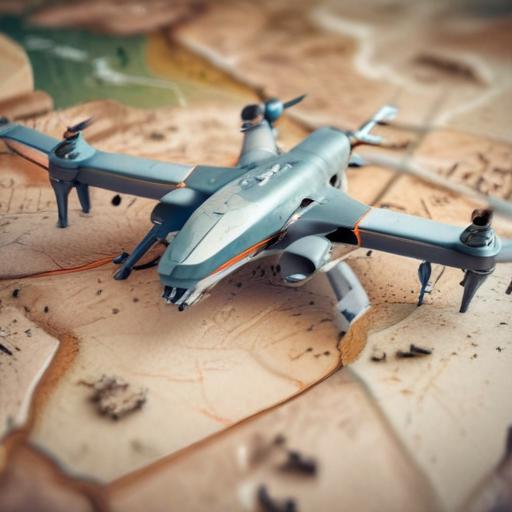Israel’s recent air assault on Iran has aimed largely at undermining the military and nuclear capabilities of the Islamic Republic. Over several days, Israel successfully targeted at least two nuclear sites, damaging air defense systems across multiple cities and resulting in the deaths of at least 14 nuclear scientists, alongside senior leaders in the Iranian Islamic Revolutionary Guard Corps (IRGC).
The ongoing offensive appears to have compromised Iran’s ability to engage in conventional military action, making it more challenging for them to leverage military assets such as missiles, drones, and aircraft. Moreover, Israeli operations may have temporarily stymied advances in Iran’s uranium enrichment efforts aimed at producing nuclear weapons.
However, Israel’s offensive does not eliminate Iran’s capacity for asymmetric warfare, which allows Tehran to engage in conflicts without resorting to traditional military engagements. This strategy is articulated in Iran’s doctrine of “forward deterrence,” which emphasizes preemptive action against perceived threats beyond its borders—a policy strengthened after the 1979 revolution.
Historically, Iran has cultivated a network of proxies and militant groups, notably during its protracted conflict with Iraq in the 1980s, which has evolved to include various non-state actors that can target U.S. and Israeli interests. Despite recent losses, Iran’s operational capacity remains, particularly through its Quds Force, known for its regional influence and strategic partnerships with groups such as Hezbollah and Hamas.
In addition to employing militant proxies, Iran has a history of using cyber warfare as a response mechanism during conflicts. A significant spike in cyber activities attributed to Iranian actors has been reported following Israel’s strikes. Iran continues to leverage its growing cyber capabilities, including the incorporation of AI technologies to bolster its information warfare tactics.
While one aspect of the ongoing conflict results in the visible degradation of Iran’s conventional military power, this dynamic also raises concerns about retaliation through asymmetric means, including cyberattacks and operations conducted by its extensive network of proxies. As tensions escalate, the potential for Iran to utilize these unconventional warfare strategies poses a new and challenging dimension to this complex conflict.
Overall, understanding the resilient and adaptive nature of Iran’s warfare tactics allows policymakers and military strategists to develop more nuanced responses that can better address the multifaceted threats that arise from this evolving geopolitical landscape.
